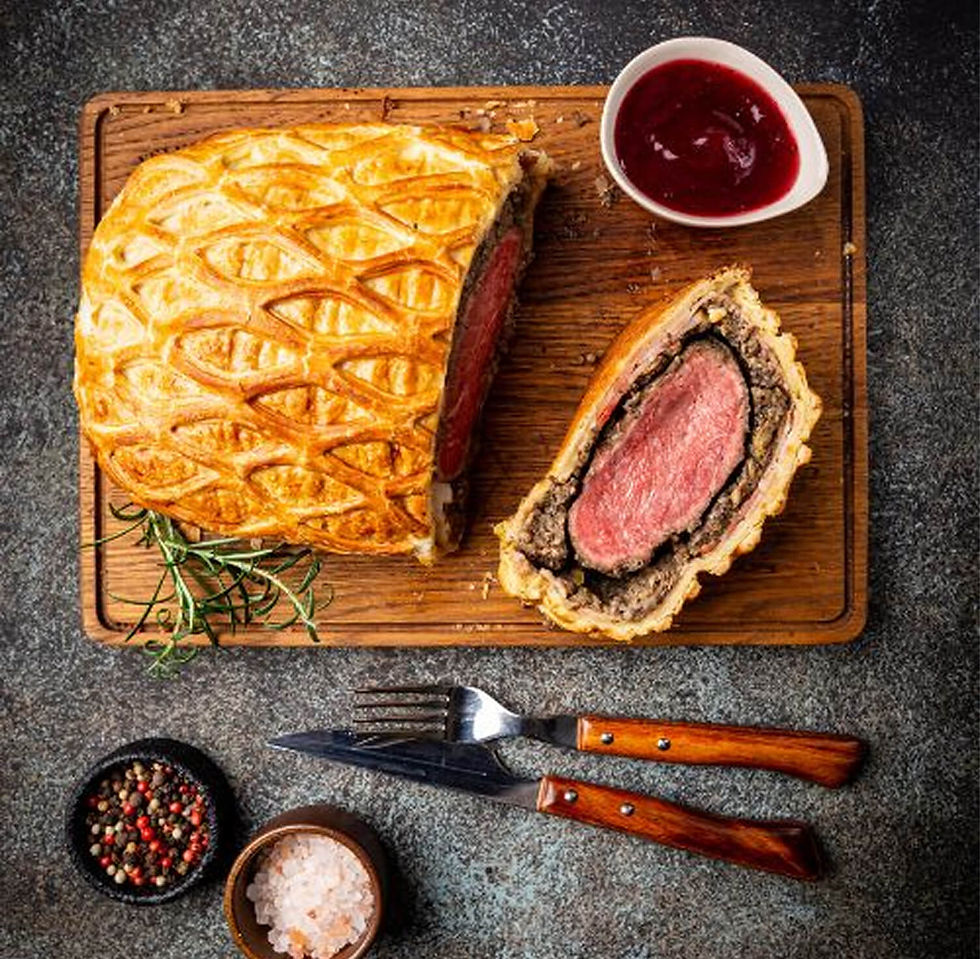Are Honey Bees Endangered? Learn About Their Challenges and How to Help
- Anna-Hayes
- Jan 22
- 3 min read

Honey bees play a vital role in our ecosystem. They are responsible for pollinating a significant percentage of the fruits, vegetables, and nuts that make up our diets. Yet, the question of whether honey bees are endangered is both timely and important.
The short answer is no, honey bees (Apis mellifera) are not currently considered endangered. However, their populations face numerous threats that raise concerns for their long-term health and the stability of ecosystems dependent on them.
The Threats Facing Honey Bees
Habitat Loss Urbanization, agriculture, and deforestation have significantly reduced the wildflower-rich habitats that bees rely on for nectar and pollen. Without these essential food sources, honey bees struggle to thrive.
Pesticides Certain pesticides, particularly neonicotinoids, are toxic to bees. These chemicals can impair bees' ability to forage, navigate, and reproduce, weakening entire colonies.
Climate Change Changes in temperature and weather patterns disrupt the timing of flowering plants and the bees' life cycles. Erratic seasons can leave bees without the necessary resources at critical times.
Pests and Diseases Varroa mites, a parasitic threat to honey bees, have devastated colonies worldwide. Other diseases, like Nosema and foulbrood, also harm bee populations.
Colony Collapse Disorder (CCD) First identified in 2006, CCD is a phenomenon where worker bees abandon their hive, leaving the queen and brood to perish. Though the exact cause is unclear, it’s believed to result from a combination of stressors, including pesticide exposure, pathogens, and poor nutrition.
Efforts to Protect Honey Bees
Despite these challenges, honey bees are resilient, and numerous efforts are underway to protect them:
Beekeeping Practices: Beekeepers play a critical role in maintaining honey bee populations. By monitoring hive health, providing supplemental food during lean seasons, and managing pests, they ensure colonies remain strong.
Pollinator-Friendly Gardening: Individuals can support honey bees by planting native flowers, avoiding pesticide use, and creating bee-friendly habitats in their yards.
Research and Advocacy: Scientists and conservationists continue to study honey bees to better understand their needs and challenges. Public awareness campaigns have also led to policy changes that benefit pollinators, such as bans on certain harmful pesticides.
What About Wild Bees?
While honey bees get much of the spotlight, it’s important to remember that they are just one of many pollinator species. Native wild bees, such as bumblebees, are often more vulnerable to extinction. In fact, some species of bumblebees are already listed as endangered due to similar threats like habitat loss and pesticide exposure.
How You Can Help
Here at Sparkle & Honey, we’re passionate about supporting bees and promoting awareness of their importance. Here are a few ways you can make a difference:
Buy Local, Sustainable Honey: Supporting local beekeepers helps maintain healthy bee populations and promotes sustainable beekeeping practices.
Plant for Pollinators: Include native plants in your garden that bloom throughout the growing season to provide continuous food for bees.
Educate and Advocate: Share information about the importance of pollinators and support policies that protect their habitats.
The Bottom Line
Honey bees are not endangered, but they face significant challenges that require our attention and action. By taking steps to support these vital pollinators, we can ensure their survival and the health of our ecosystems. At Sparkle & Honey, we’re committed to doing our part—and we invite you to join us in creating a brighter future for bees and the planet.
1
Searing the Beef
Sear beef fillets on high heat for 2 minutes per side to form a golden crust. Let it cool before proceeding to keep the beef tender.
1
Searing the Beef
Sear beef fillets on high heat for 2 minutes per side to form a golden crust. Let it cool before proceeding to keep the beef tender.
1
Searing the Beef
Sear beef fillets on high heat for 2 minutes per side to form a golden crust. Let it cool before proceeding to keep the beef tender.
1
Searing the Beef
Sear beef fillets on high heat for 2 minutes per side to form a golden crust. Let it cool before proceeding to keep the beef tender.
Notes



1
Season the good fresh beef fillets with salt and black pepper. Heat olive oil in a pan over high heat and sear the fillets for 2 minutes per side until it fully browned. Remove the beef from the pan and brush with a thin layer of mustard. Let it cool.



1
Season the good fresh beef fillets with salt and black pepper. Heat olive oil in a pan over high heat and sear the fillets for 2 minutes per side until it fully browned. Remove the beef from the pan and brush with a thin layer of mustard. Let it cool.



1
Season the good fresh beef fillets with salt and black pepper. Heat olive oil in a pan over high heat and sear the fillets for 2 minutes per side until it fully browned. Remove the beef from the pan and brush with a thin layer of mustard. Let it cool.



1
Season the good fresh beef fillets with salt and black pepper. Heat olive oil in a pan over high heat and sear the fillets for 2 minutes per side until it fully browned. Remove the beef from the pan and brush with a thin layer of mustard. Let it cool.
Instructions
Quality Fresh 2 beef fillets ( approximately 14 ounces each )
Quality Fresh 2 beef fillets ( approximately 14 ounces each )
Quality Fresh 2 beef fillets ( approximately 14 ounces each )
Beef Wellington

Beef Wellington
Fusion Wizard - Rooftop Eatery in Tokyo
Author Name

Beef Wellington is a luxurious dish featuring tender beef fillet coated with a flavorful mushroom duxelles and wrapped in a golden, flaky puff pastry. Perfect for special occasions, this recipe combines rich flavors and impressive presentation, making it the ultimate centerpiece for any celebration.
Servings :
4 Servings
Calories:
813 calories / Serve
Prep Time
30 mins
Prep Time
30 mins
Prep Time
30 mins
Prep Time
30 mins






Comments